15 Reasons to Visit Iceland in 2021
Have you ever visited a place that makes you feel alive with its breath-taking landscapes? Well, Iceland is one of those places. Around every corner is an experience you won’t forget. With its epic landscapes, volcanoes, basalt column cliffs, sea stacks with mythical legends, ancient lava flows in giant lava fields, black sand beaches and so much more, Iceland should be in your bucket list for 2021. Iceland is called the “Land of Fire and Ice” because it is a country of extremes, with glaciers and volcanic springs located next to each other and there’s nothing like in all the world. It was hard to fathom what we were in for at the start of our trip – but it would change our outlook of the world forever. We spent 7 days photographing the southern coastline from east to west, then travelling up to Kirkjufell Mountain and Arnarstapi fishing village on the western coast. In this issue, we will explore these sites together.
Hope you enjoy the photos.
Iceland Endless Road Adventures
After landing in Reykjavik (a 10-hour night flight from Toronto) we rented a car and drove 6 more hours to Hofn on the western side of the island. This is where our Iceland adventure started. We would stay 2 days in each location – Holn – Vik and finally Reykjavik, before flying back home. This endless road photo is typical of the road that circles around the parameter of Iceland. This photo was taken with my Canon 6D camera with an EF-24-105mm lens; in AV mode at 1/40 sec; f/11 with an ISO setting of 100.
Vestrahorn Mountain & Stokksnes Beach
The landscape as you travel from Reykjavik to Hofn is incredible. You pass by giant mountains (some with snow on them), mossy lava rocks and quite a number of beaches. Once you reach Hofn, a small seaside town, you will encounter some of the best restaurants on the East side, but they are also very expensive. I rose early the next morning and was anxious to see the Vestrahorn region. Vestrahorn Mountain is about a one-hour drive outside of Hofn. Here you can find an area with breath taking beauty at its best. Dramatic peaks reach up to 1490 ft. with a flat, black sand beach stretching out front. This mysterious mountain has been captivating visitors for years with its fabulous photo opportunities. This photo was taken with my Canon 6D camera with an EF-24-105mm lens; in AV mode at 1/250 sec; f/11 with an ISO setting of 100.
Jökulsárlón Glacier Bay Lagoon
The landscape as you travel around the town of Hofn is incredible. During our stay in Hofn, I really wanted to see was the Glacier Lagoon, Jökulsárlón. This was truly one of the most incredible spots we visited in Iceland, and anywhere in the world for that matter. Icebergs break off from a nearby glacier and make their way from the bay into the ocean. You can sit there for hours watching the passing by of these glaciers as the make their way through the channel and then out into the ocean. There the violent waves wash many of the icebergs back onto shore. This photo was taken with my Canon 6D camera with an EF-24-105mm lens; in AV mode at 1/100 sec; f/9 with an ISO setting of 500.
Diamond Beach Sunrise
This location is definitely one of a kind. There’s nowhere else in the world where you can see huge pieces of ice scattered across black volcanic sand. These pieces of ice have been washed ashore from the Atlantic Ocean after having escaped from the Jökulsárlón glacier lagoon. I cam here at sunrise to catch the glistening light as it reflected through the icebergs. This photo was taken with my Canon 6D camera with an EF-11-24mm lens; in AV mode at 1/30 sec; f/20 with an ISO setting of 500.
The Great Svartifoss Waterfall
Ice-cold meltwater from the Svinafellsjokull glacier feeds the famous Svartifoss waterfall. The waterfall tumbles down 80ft over a cliff which is bordered on both sides by tall black basalt columns, resembling pipes of a giant organ, which is where the waterfall gets its name. This was quite to climb up the hill to get to this spot, but it was worth it. This photo was taken with my Canon 6D camera with an EF-24-105mm lens; in AV mode at 1/40 sec; f/11 with an ISO setting of 250
Reynisfjara Black Sand Beach
Our next adventure took us to the town of Vik. Just outside of town stand three black basalt columns in the stormy North Atlantic. Legend has it that the rocks are three trolls, caught out too late and frozen by the early morning sunlight. We slept at Volcano Hotel for the next 2 nights, just beneath the glacier volcano Katla in the Mýrdalsjökull glacier. I woke up one morning with a rumbling in the bed. The volcano was certainly active. This photo was taken with my Canon 6D camera with an EF-24-105mm lens; in AV mode at 1/100 sec; f/11 with an ISO setting of 100.
Seljalandsfoss Waterfalls
Seljalandsfoss is one of the best-known waterfalls in Iceland and I was lucky enough to climb behind the falls to capture the landscape as well. The waterfall drops 197 ft and is part of the Seljalands River that has its origin in the volcano glacier Eyjafjallajökull. This region around Vik is full of beautiful waterfalls. This photo was taken with my Canon 6D camera with an EF-24-105mm lens; in AV mode at 1/60 sec; f/16 with an ISO setting of 100.
The Dyrhólaey Shoreline
Iceland’s south shore is quite scenic and dramatic and is definitely my favourite. There’s a feeling of remoteness and great splendour at the same time. Dyrhólaey has a 400-foot-high raised mass of land that projects out into the water, not far from Vík. Breathtaking views can be had on all sides. This photo was taken with my Canon 6D camera with an EF-11-24mm lens; in AV mode at 1/60 sec; f/11 with an ISO setting of 100.
Vik i Myrdal Church
The Myrdal Church in the town of Vik is easily the most popular and most photographed church in Iceland. It is located high on a hill overlooking the town of Vik, and if you are driving along the Ring Road through southern Iceland, you can’t miss it. Beautiful views from up top and down below. It is one of the best iconic places in South Iceland and if you are lucky enough to travel through during spring, the fields are covered with flowers! This photo was taken with my Canon 6D camera with an EF-70-200mm lens; in AV mode at 1/125 sec; f/11 with an ISO setting of 100.
Turf houses in Keldur, Iceland
While travelling out to the east coast I just had to detour to see these unique turf houses, they are so typical Icelandic and found all over the island. Many centuries before ‘going green’ became fashionable, Icelanders were constructing eco-friendly and energy efficient dwellings all over their island. This photo was taken with my Canon 6D camera with an EF-24-105mm lens; in AV mode at 1/40 sec; f/13 with an ISO setting of 2000.
Myrdalsjokull Glacier
Mýrdalsjökull is a glacier in the south of the Icelandic highlands, close to the town of Vik where we stayed. It is the country’s fourth largest ice cap, covering nearly 232 square miles. It is most well-known for sitting atop the notorious and explosive volcano, Katla. Here you can take guided glacial hike and ice climbing. I stood well back with my 200mm lens. This photo was taken with my Canon 6D camera with an EF-70-200mm lens; in AV mode at 1/80 sec; f/11 with an ISO setting of 200.
Icelandic Horses
The Icelandic horses are a special breed of horse developed in Iceland. Like Iceland they are small but strong. They are so easy-going and friendly and I love their mop top hair that looks like they could be a member of a 1960’s boy band. This photo was taken with my Canon 6D camera with an EF-70-200mm lens; in AV mode at 1/200 sec; f/9 with an ISO setting of 3200.
Reykjavik Hallgrimskirkja Church
You can’t miss Reykjavik, the capital city if you’re going to be visiting Iceland. Reykjavik is a colourful seaside town with tons of charm and photo opportunities. The most popular attraction in Reykjavik is the Hallgrimskirkja church. It is located at the center point in downtown Reykjavík and without a doubt the most grandiose building in the area. Samúelsson was the architect for the project and he is said to have found inspiration in the heavenly waterfall Svartifoss with its hexagonal basalt columns. In the church lobby you can, for a small fee, take the lift up to the church tower where you can get beautiful views from the top of the bell tower. Definitely worth it. This photo was taken with my Canon 6D camera with an EF-24-105mm lens; in AV mode at 1/60 sec; f/11 with an ISO setting of 100.
Fríkirkjan Church, Reykjavik
The tin-clad Frikirkjan church in Reykjavik is a wonderful sight at night as viewed from across lake Tjorn. You can also see the famous Hallgrimskirkja church lingering in the background. This photo was taken with my Canon 6D camera with an EF-24-105mm lens; in AV mode at 4sec; f/14 with an ISO setting of 800, camera on tripod.
Rugged Coastline at Arnarstapi
The Snæfellsnes peninsula is located north of Reykjavik on the western side of Iceland. Arnarstapi or Stapi is a small fishing village at the foot of Mt. Stapafell between Hellnar village and Breiðavík farms on the southern side of Snæfellsnes. This trip can easily take a few days of your time as there is plenty to see and do, but it can also be done on a very long day trip from Reykjavik. In Jules Verne’s A Journey to the Center of the Earth, Stapi is the last stop on the route before they climb Snæfellsjökull mountain and enter the interior of the planet through a tunnel in the crater. This photo was taken with my Canon 6D camera with an EF-24-105mm lens; in AV mode at 1/50 sec; f/11 with an ISO setting of 100.
Kirkjufellsfoss Waterfall & the Lonely Mountain
The last part of our Iceland road trip to us to Kirkjufell mountain. Many natural wonders can be found on the peninsula such as Kirkjufell mountain, a natural hot spring called Landbrotalaug, Lóndrangar basalt cliffs, Snæfellsjökull glacier, a beautiful gorge called Rauðafeldsgjá, Gatklettur rock, and the Vatnshellir lava cave. It is one dramatic landscape after another and a trip we will never forget. Since we were doing a day trip from Reykjavik, we only had opportunity to visit Arnarstapi and Kirkjufell mountain. This photo was taken with my Canon 6D camera with an EF-24-105mm lens; in AV mode at 1/40 sec; f/11 with an ISO setting of 100.
We hope you enjoyed our photo adventures to Iceland and will stay in touch with us.
ABOUT THE AUTHOR
 Peter Dulis is an award-winning photographer & large format-printing executive having worked with Canon Canada for the last 14 years. “I’ve had the chance to meet & work with some incredible people in the industry. Photography isn’t just about making photographs; it’s about choosing a life of curiosity, exploration, and wonder, immersing yourself in the world around you.
Peter Dulis is an award-winning photographer & large format-printing executive having worked with Canon Canada for the last 14 years. “I’ve had the chance to meet & work with some incredible people in the industry. Photography isn’t just about making photographs; it’s about choosing a life of curiosity, exploration, and wonder, immersing yourself in the world around you.
Follow us on our adventures and grab your FREE e-book today – “5 Truly Amazing Places to Visit Before it’s too late!



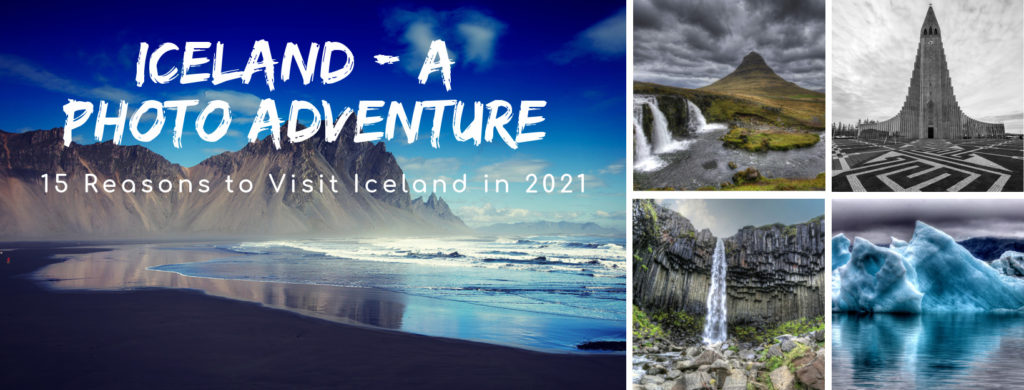
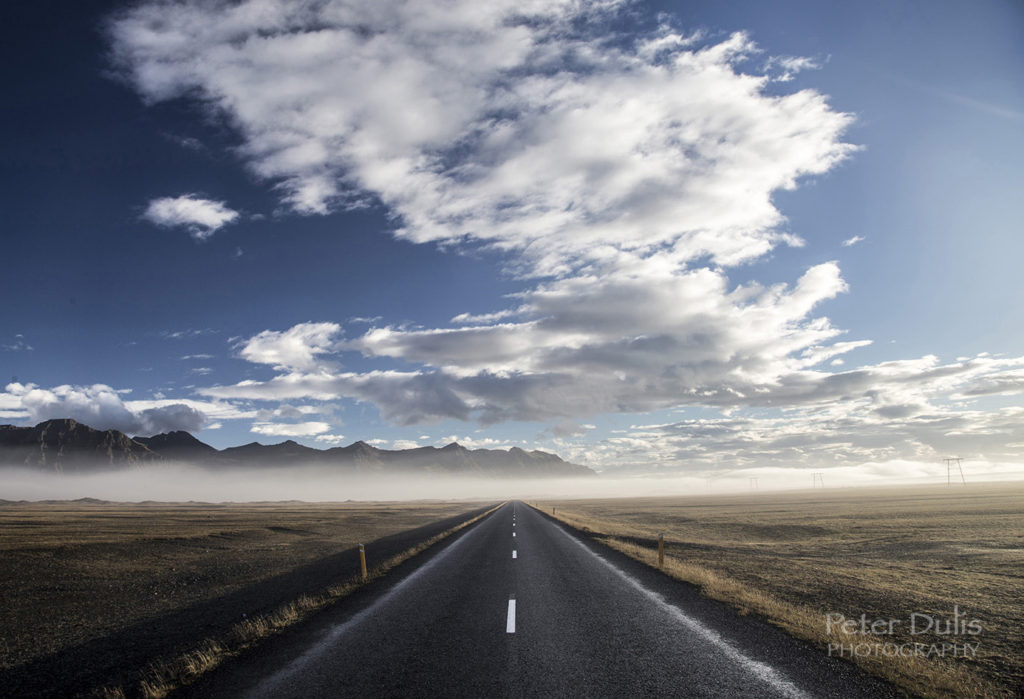
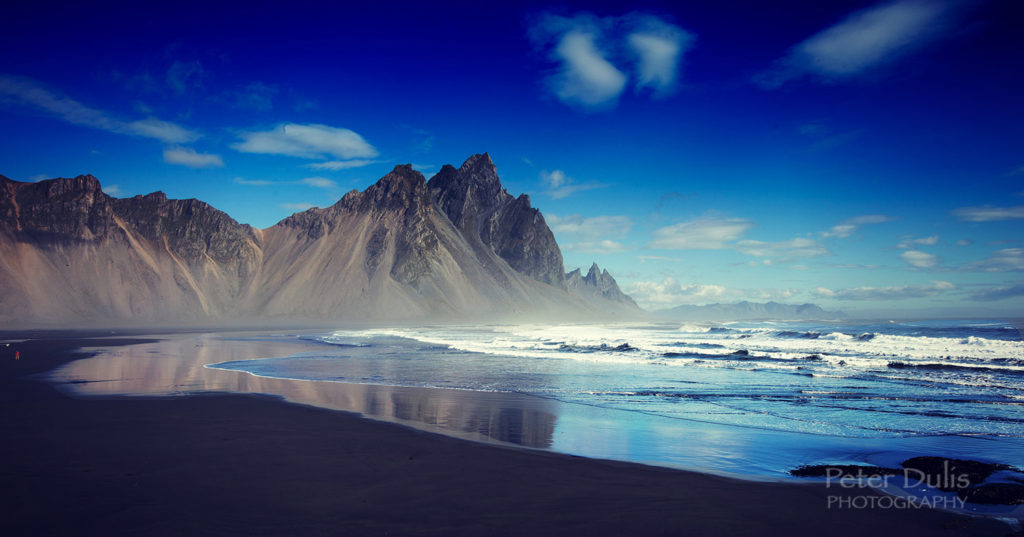
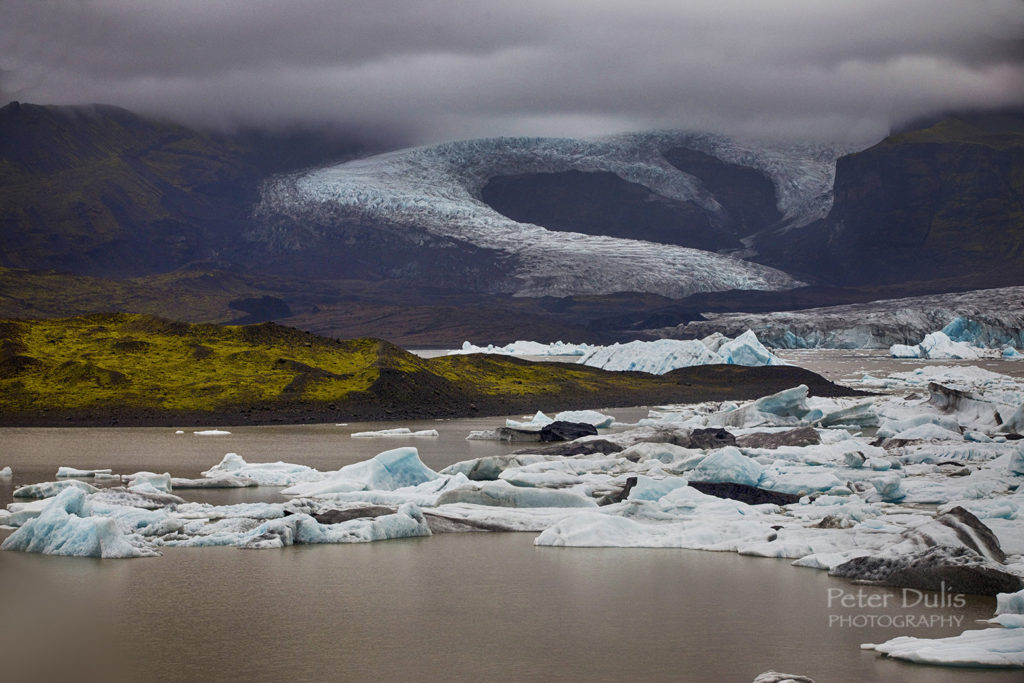
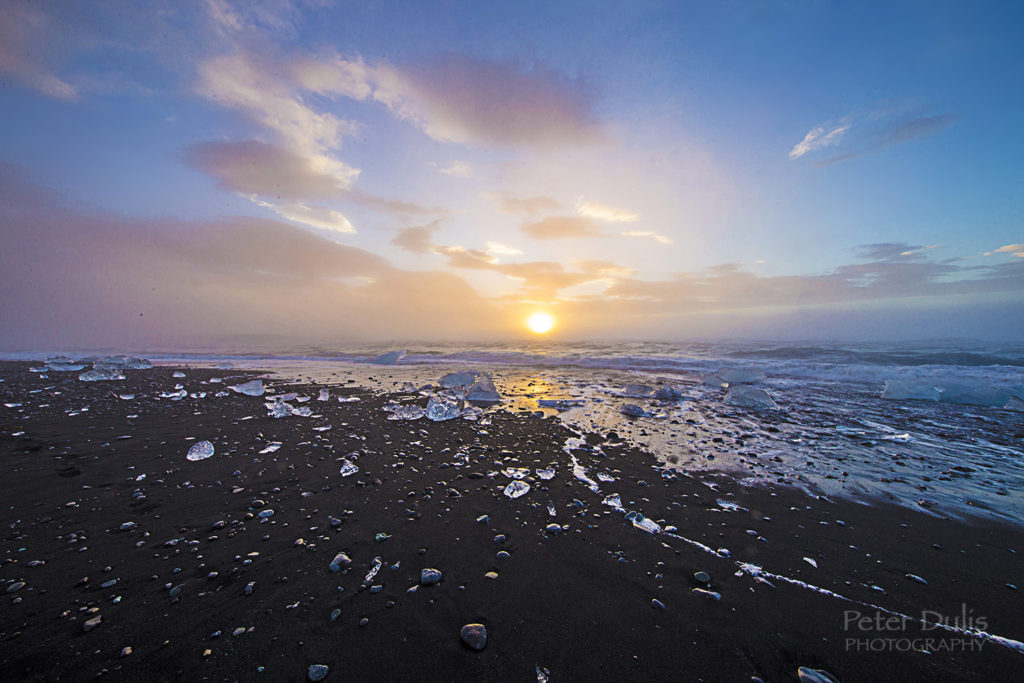
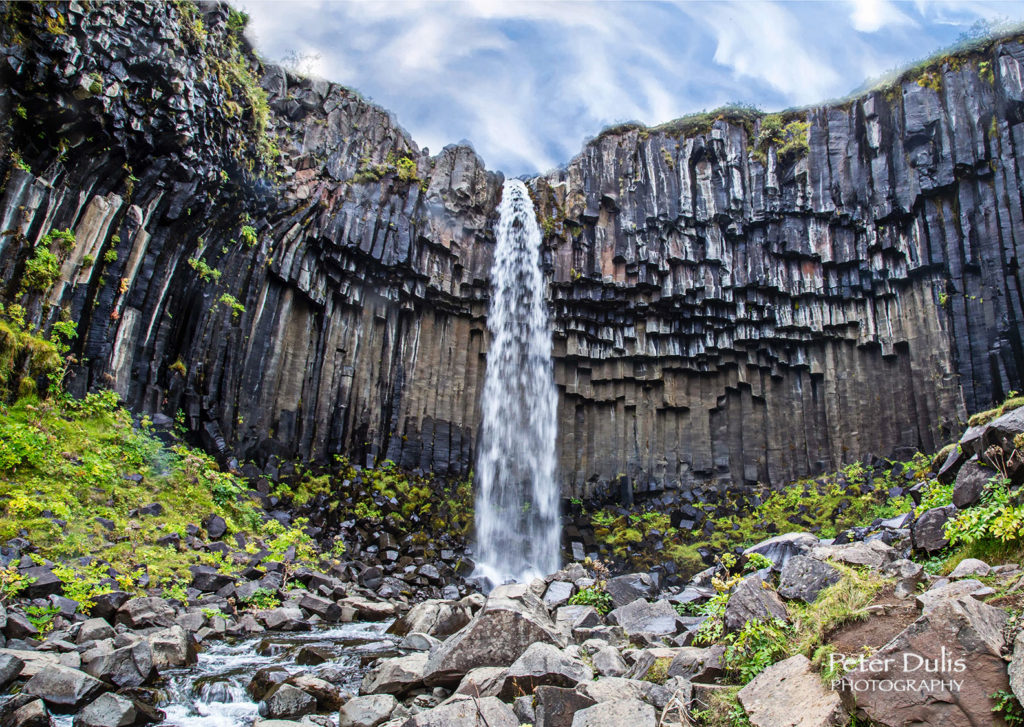
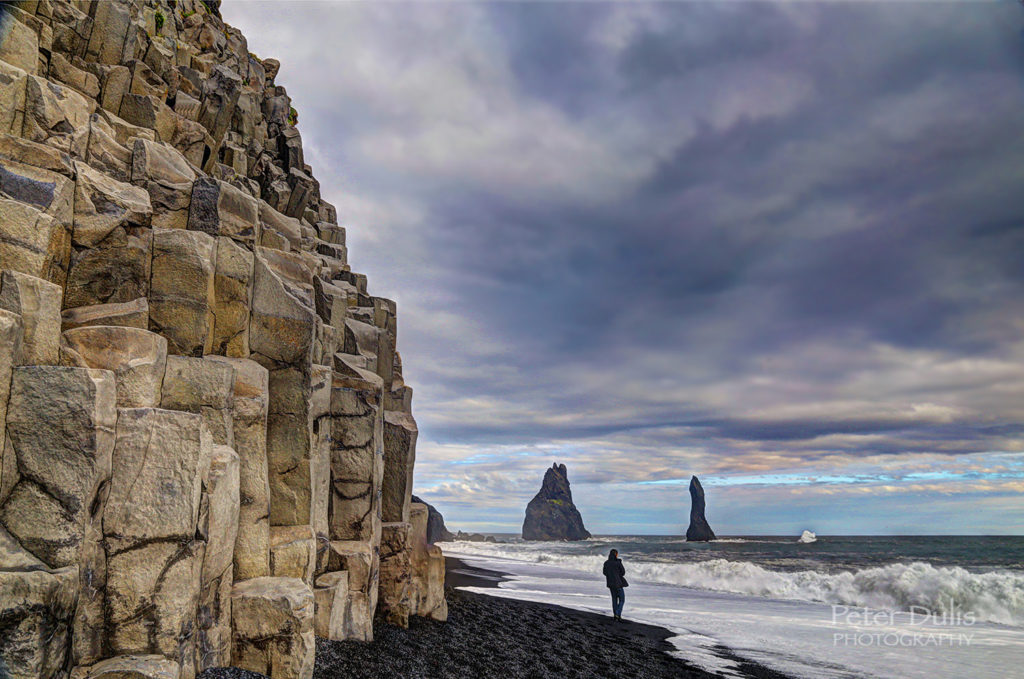
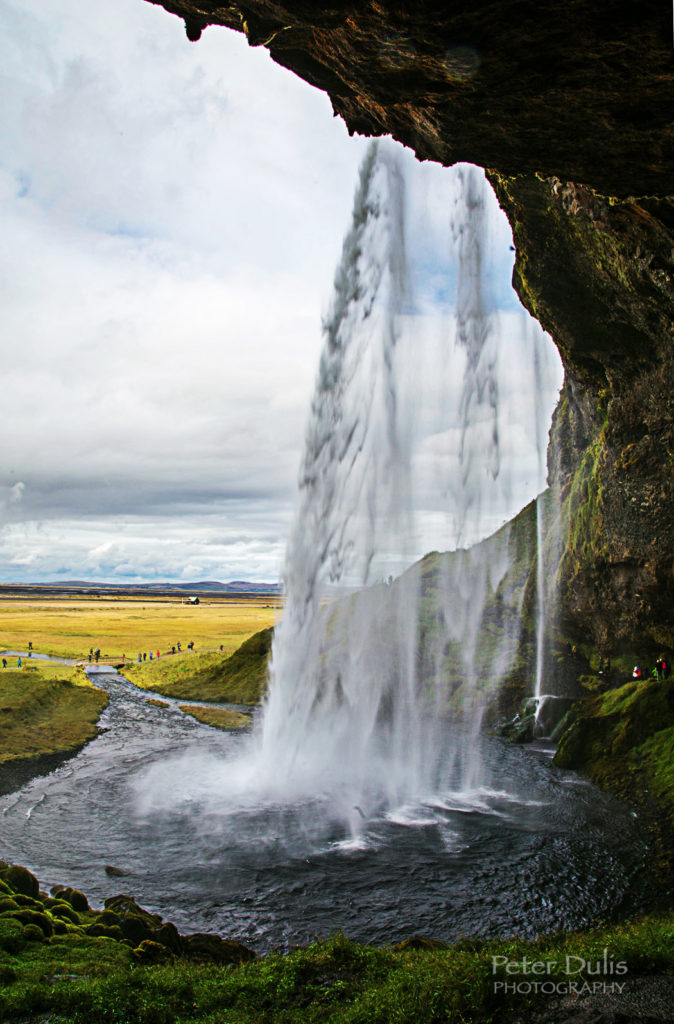
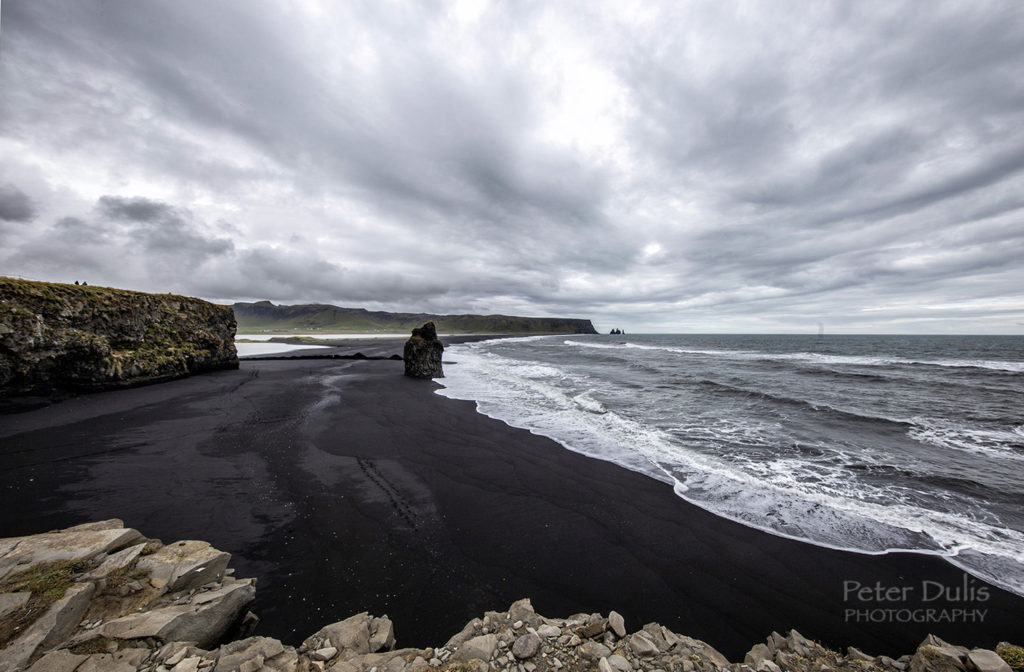
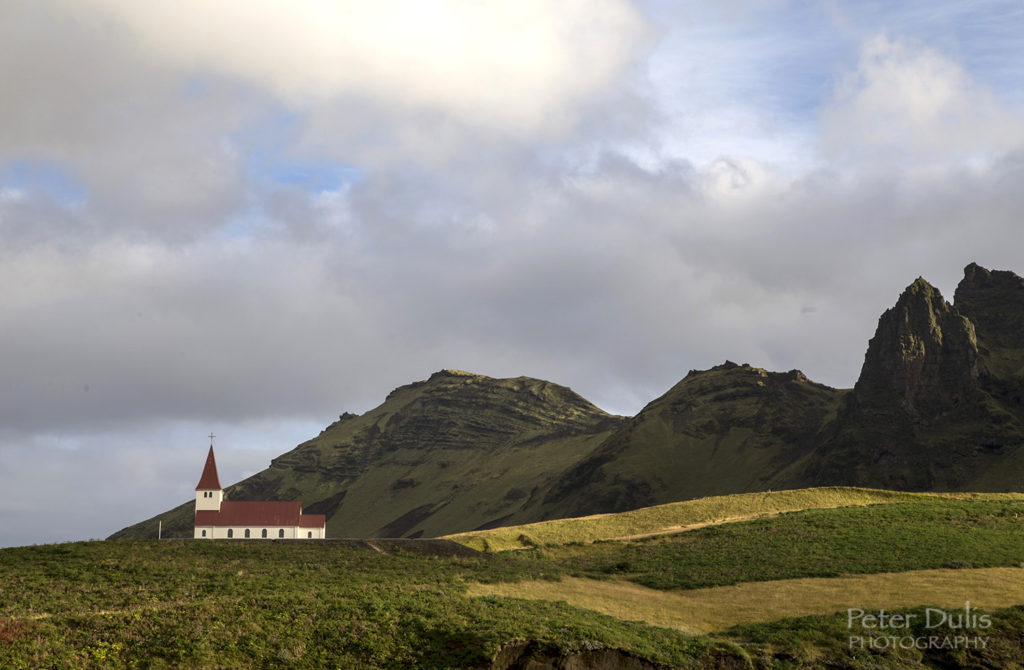
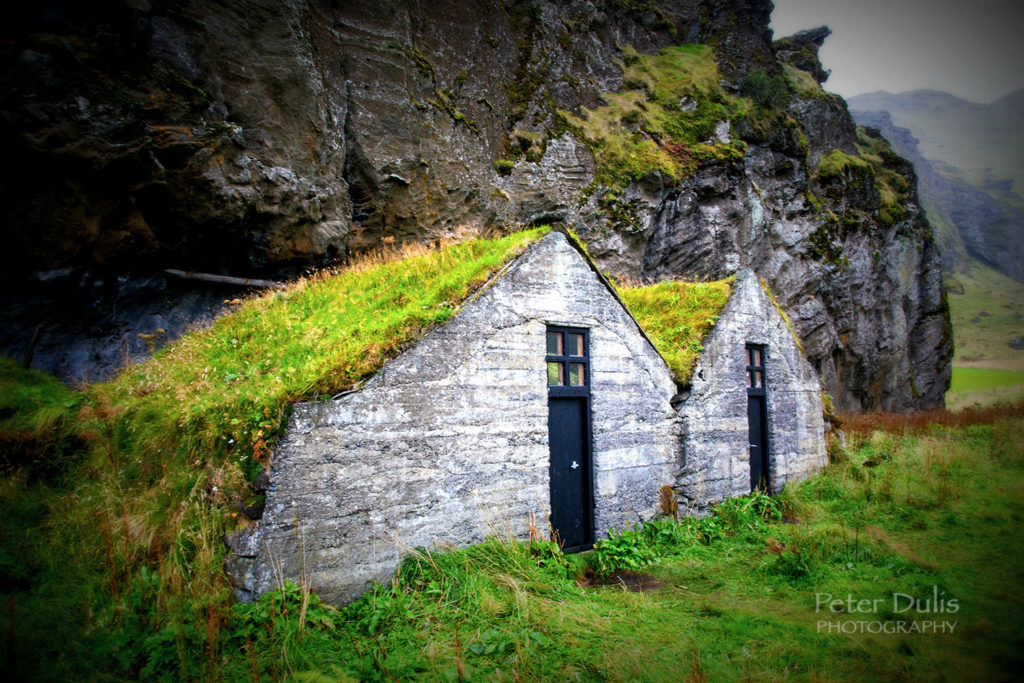
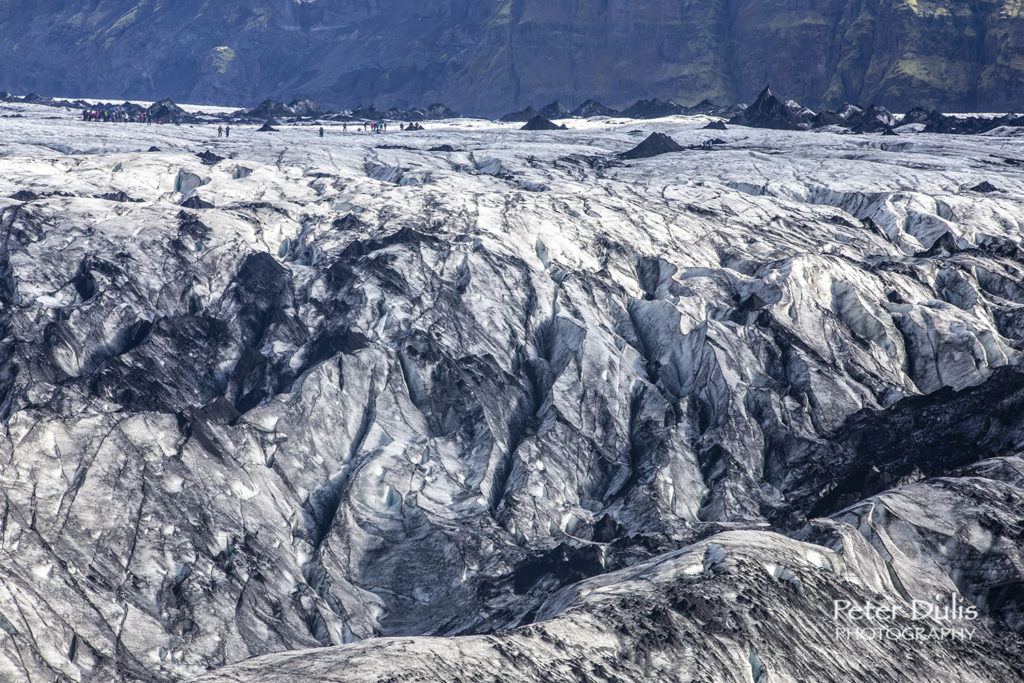
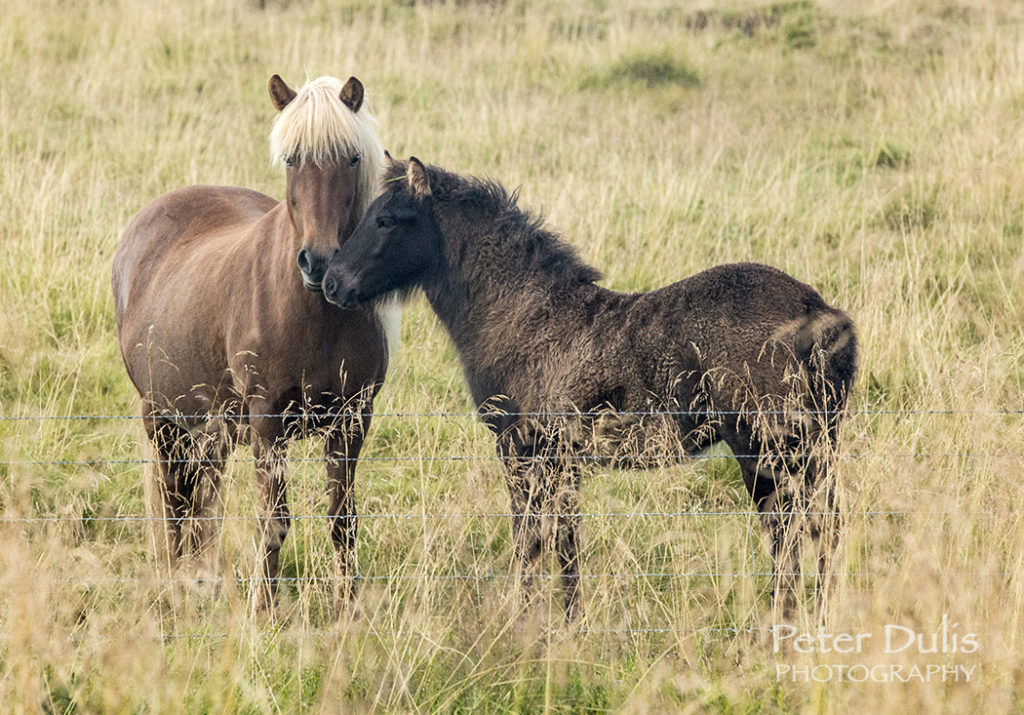
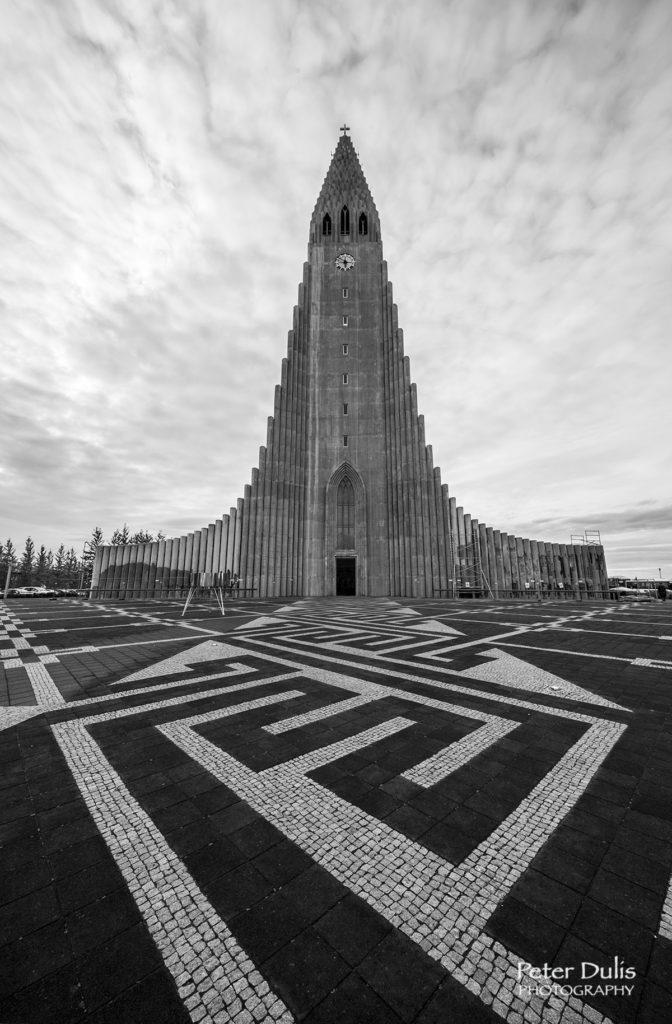
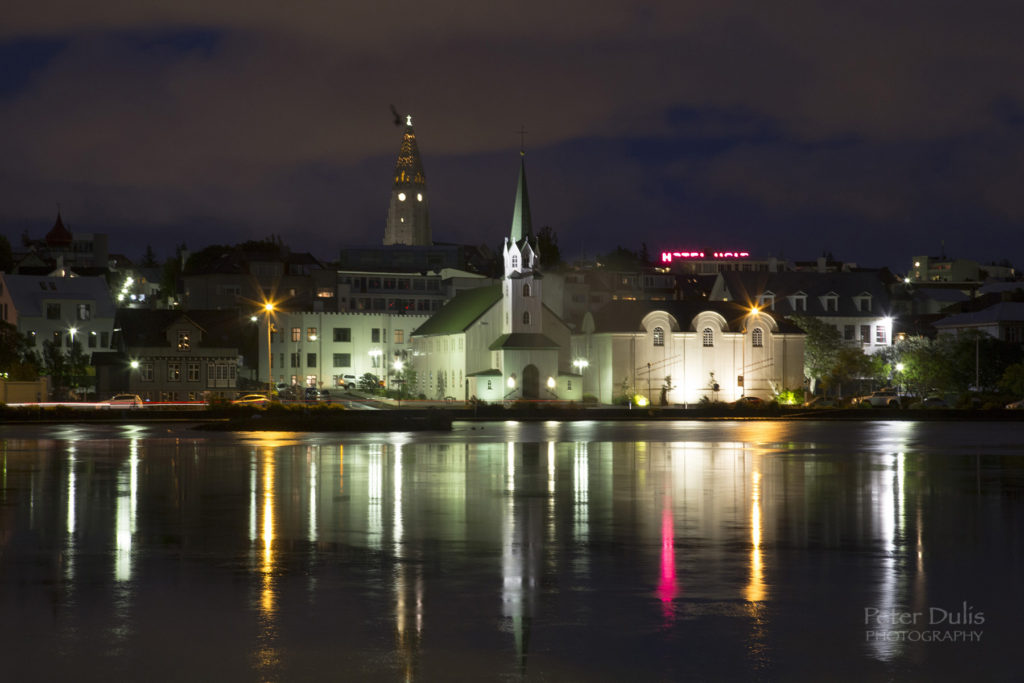
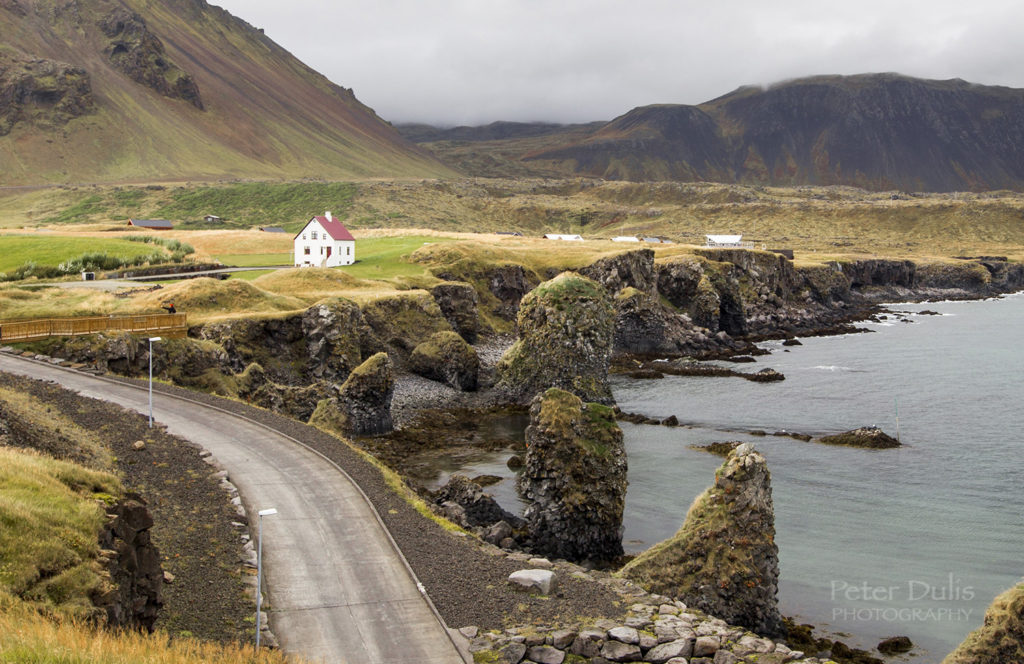
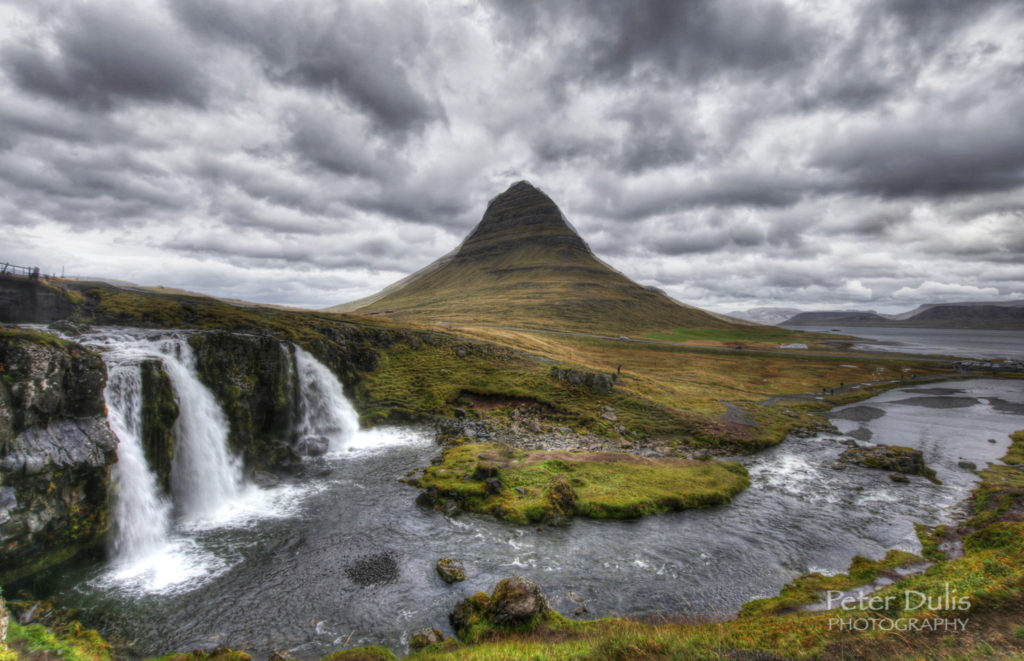





I especially like the other subtle lesson after looking at these fine images: one doesn’t need a new, 3,000.00 camera to capture quality images.